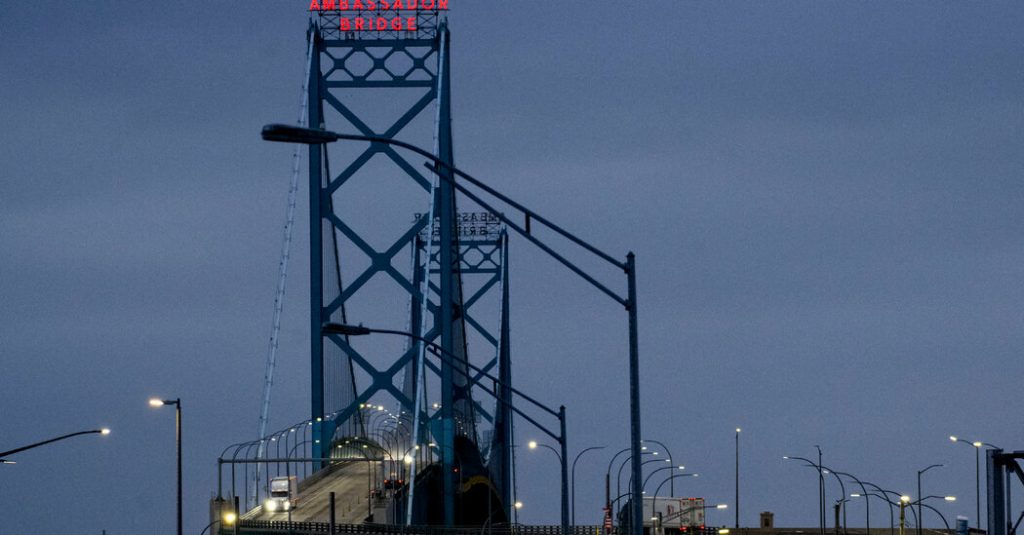He went on to describe his plan to establish an “External Revenue Service,” and a few days ago mused to reporters that income taxes might whither away, as tariffs become the main sustenance for America’s $6.8 trillion annual federal budget.
Mainstream economists are largely skeptical of Mr. Trump’s faith in tariffs as a game-changing tool for raising revenue or as an effective way of nurturing the return of domestic industries that have withered under global competition.
Indeed, Mr. Trump’s approach sounds like a Hamiltonian fantasy, wrapped in an aggressive vision of a world in which America controls Greenland, takes back the Panama Canal and makes the rest of the world pay up for access to the world’s largest economy. Yet, while it was easy to miss amid all the headlines this week of freezes on foreign assistance, purges at the F.B.I., the firing of inspectors general and efforts to induce the departures of federal workers, Mr. Trump kept returning, almost daily, to his belief in tariffs.
He has praised William McKinley, the tariff loving 25th president, who, for good measure, seized the Philippines, Guam and Puerto Rico in a show of imperialism that marked the United States’ emergence as a global power. Mr. Trump described the Gilded Age, from the 1870s to 1910 or so, as the golden era of American industrial might, “the richest our country ever was.”
When Mr. Trump talks about that era, he dwells on the country’s prodigious steel production, promising that tariffs will bring it back. In his description of this golden age, he brushes past the worst abuses of the era, like the 1892 Homestead steel strike, when Andrew Carnegie and his associate Henry Clay Frick engineered brutal attacks on striking workers. Nor does he talk about the acute racial and gender discrimination of the era, or the environmental degradation that, over the decades, led to regulation that he has vowed to roll back.







